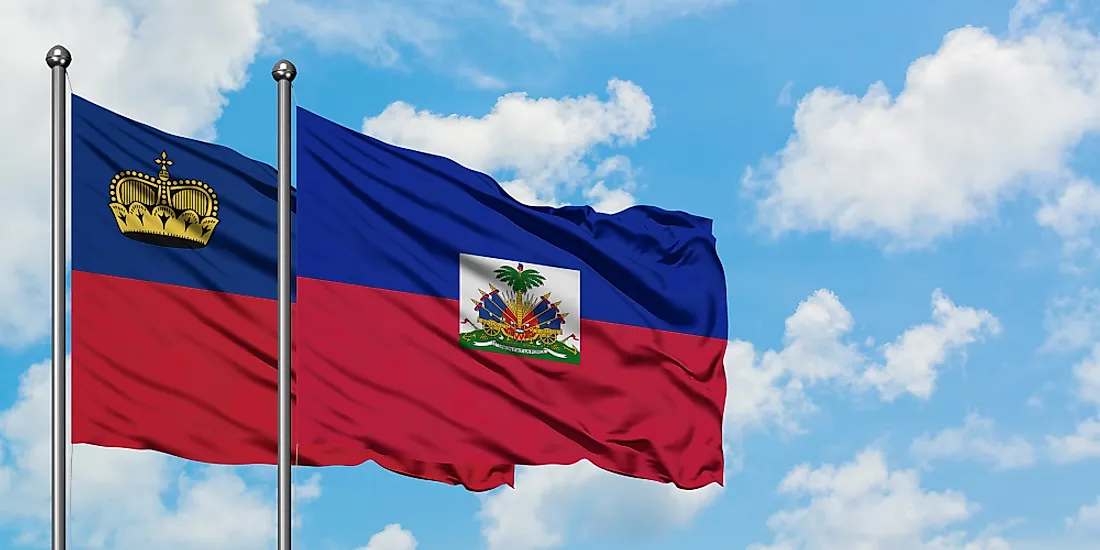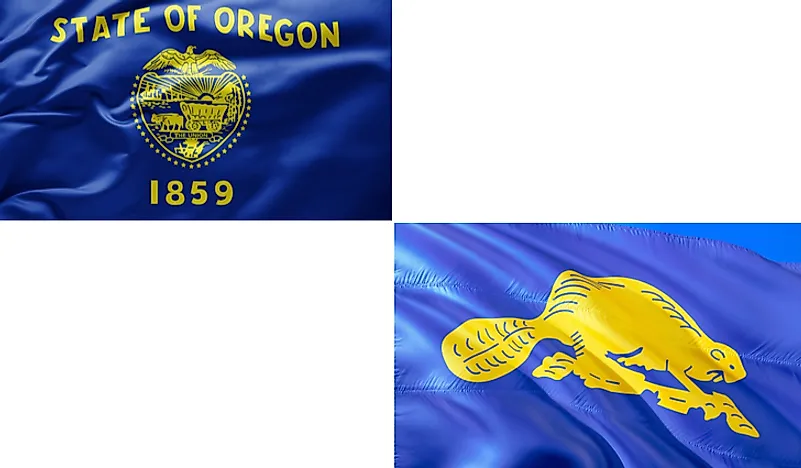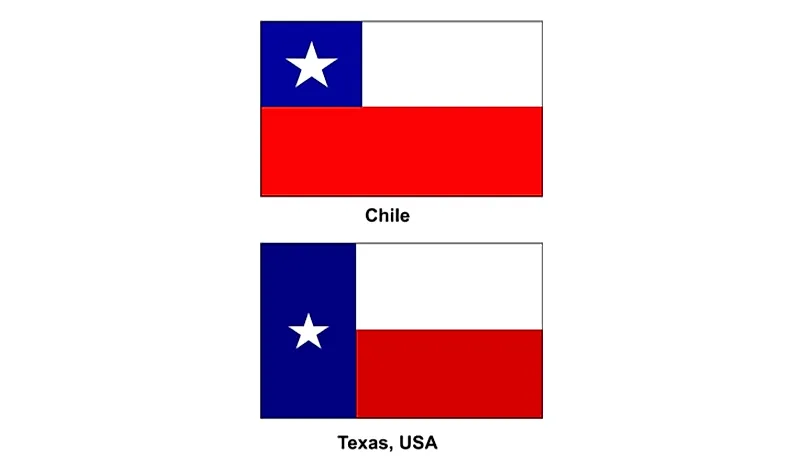The government of Aruba is a constitutional monarchy with a democratic parliament led by the governor. The government framework has existed in the current form ever since it was enacted in the constitution, which was adopted in January of 1986. Previously, Aruba has been a constituent part of the Netherlands Antilles, which was made up of the six islands of St. Maarten, Bonaire, Aruba, Curacao, St. Eustatius, and Saba. However, in 1986 Aruba separated and became one of the entities of the Kingdom of the Netherlands. Currently the Kingdom is made of three entities: Holland, the Netherlands Antilles, and Aruba.
Every citizen who is 18 years and over is allowed to vote in Aruba. The election is held every four years. The governor is usually appointed by the monarch for a six year term and can serve for only two terms. The prime minister of Aruba can serve for a four year term after being elected and can serve for only two terms if they win. Aruba is a multi-party state with over eight political parties. The major parties in the country are the APP (Aruban People's Party), Real Democracy and the People’s Electoral Movement. The current prime minister is the leader of the Aruban People's Party. The constitution does not indicate the exact campaign period.
The parliament of Aruba is located in the capital, Oranjestad. The new parliament building became the house of the state’s representatives in 1981 after they gained their independence. The parliament was later redesigned to include the offices of the prime minister and the cabinet ministers. The official governor’s residence is also in Oranjestad.
Aruba has a multiparty electoral system. The main parties operating include Real Democracy, the Aruban People's Party, and the People's Electoral Movement.
This page was last modified on May 1st, 2018
More on Graphicmaps

Published on 2019-11-06
What is a Trade Embargo?

Published on 2019-11-04
Which Two Countries Used to Have the Same Flag?

Published on 2019-09-16
What Is the Only Two-Sided State Flag?

Published on 2019-09-16
Which Country Flag Looks Like the Texas Flag?

Published on 2019-08-29
Flags That Resemble the US Flag

Published on 2019-08-20
